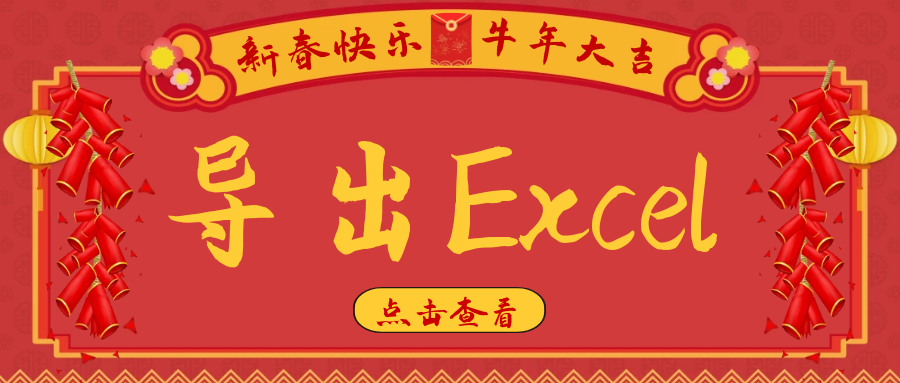阅读一些优秀的岗位约AppDomain.UnhandledException和Application.DispatcherUnhandledException之间的差额后,看来我应该都处理。 这是因为它是显著更容易,用户可以从主UI线程(即Application.DispatcherUnhandledException)抛出的异常中恢复。 正确?
同时,是否也应该给用户一个机会,继续为这两个计划,或只是Application.DispatcherUnhandledException?
下面的示例代码同时处理AppDomain.UnhandledException和Application.DispatcherUnhandledException,都给予用户尝试继续,尽管异常的选项。
[感谢和一些下面的代码是从其他的答案抬起]
App.xaml中
<Application x:Class="MyProgram.App"
xmlns="http://schemas.microsoft.com/winfx/2006/xaml/presentation"
xmlns:x="http://schemas.microsoft.com/winfx/2006/xaml"
Startup="App_StartupUriEventHandler"
Exit="App_ExitEventHandler"
DispatcherUnhandledException="AppUI_DispatcherUnhandledException">
<Application.Resources>
</Application.Resources>
</Application>
App.xaml.cs [删除]
/// <summary>
/// Add dispatcher for Appdomain.UnhandledException
/// </summary>
public App()
: base()
{
this.Dispatcher.UnhandledException += OnDispatcherUnhandledException;
}
/// <summary>
/// Catch unhandled exceptions thrown on the main UI thread and allow
/// option for user to continue program.
/// The OnDispatcherUnhandledException method below for AppDomain.UnhandledException will handle all other exceptions thrown by any thread.
/// </summary>
void AppUI_DispatcherUnhandledException(object sender, System.Windows.Threading.DispatcherUnhandledExceptionEventArgs e)
{
if (e.Exception == null)
{
Application.Current.Shutdown();
return;
}
string errorMessage = string.Format("An application error occurred. If this error occurs again there seems to be a serious bug in the application, and you better close it.\n\nError:{0}\n\nDo you want to continue?\n(if you click Yes you will continue with your work, if you click No the application will close)", e.Exception.Message);
//insert code to log exception here
if (MessageBox.Show(errorMessage, "Application User Interface Error", MessageBoxButton.YesNoCancel, MessageBoxImage.Error) == MessageBoxResult.No)
{
if (MessageBox.Show("WARNING: The application will close. Any changes will not be saved!\nDo you really want to close it?", "Close the application!", MessageBoxButton.YesNoCancel, MessageBoxImage.Warning) == MessageBoxResult.Yes)
{
Application.Current.Shutdown();
}
}
e.Handled = true;
}
/// <summary>
/// Catch unhandled exceptions not thrown by the main UI thread.
/// The above AppUI_DispatcherUnhandledException method for DispatcherUnhandledException will only handle exceptions thrown by the main UI thread.
/// Unhandled exceptions caught by this method typically terminate the runtime.
/// </summary>
void OnDispatcherUnhandledException(object sender, System.Windows.Threading.DispatcherUnhandledExceptionEventArgs e)
{
string errorMessage = string.Format("An application error occurred. If this error occurs again there seems to be a serious bug in the application, and you better close it.\n\nError:{0}\n\nDo you want to continue?\n(if you click Yes you will continue with your work, if you click No the application will close)", e.Exception.Message);
//insert code to log exception here
if (MessageBox.Show(errorMessage, "Application UnhandledException Error", MessageBoxButton.YesNoCancel, MessageBoxImage.Error) == MessageBoxResult.No)
{
if (MessageBox.Show("WARNING: The application will close. Any changes will not be saved!\nDo you really want to close it?", "Close the application!", MessageBoxButton.YesNoCancel, MessageBoxImage.Warning) == MessageBoxResult.Yes)
{
Application.Current.Shutdown();
}
}
e.Handled = true;
}





